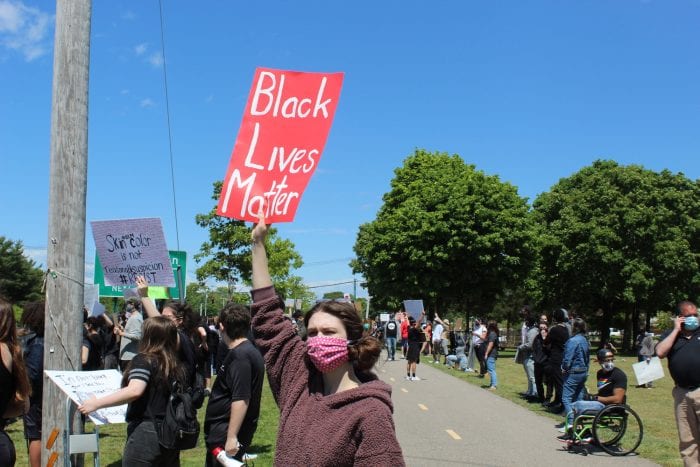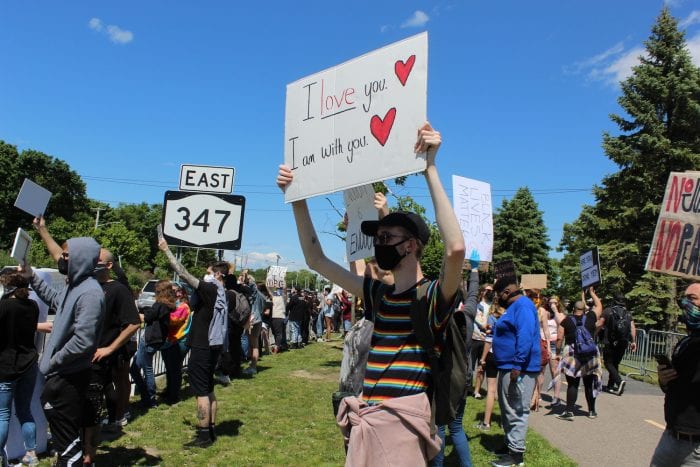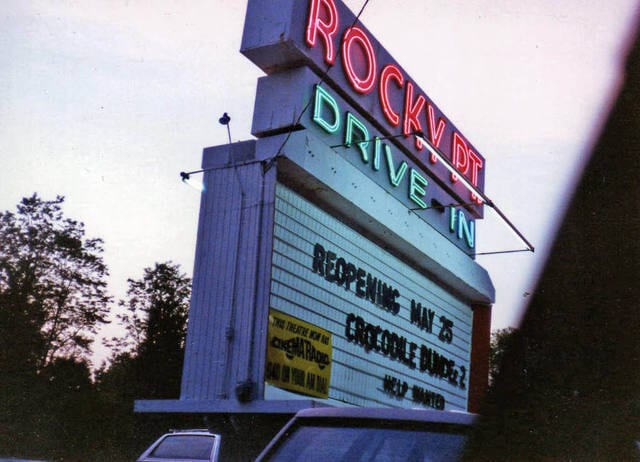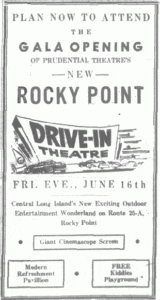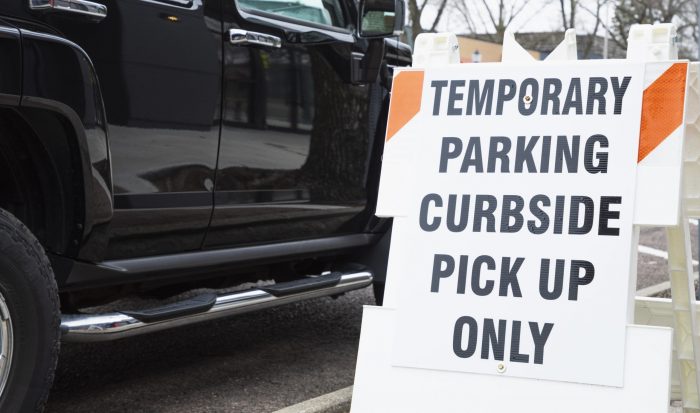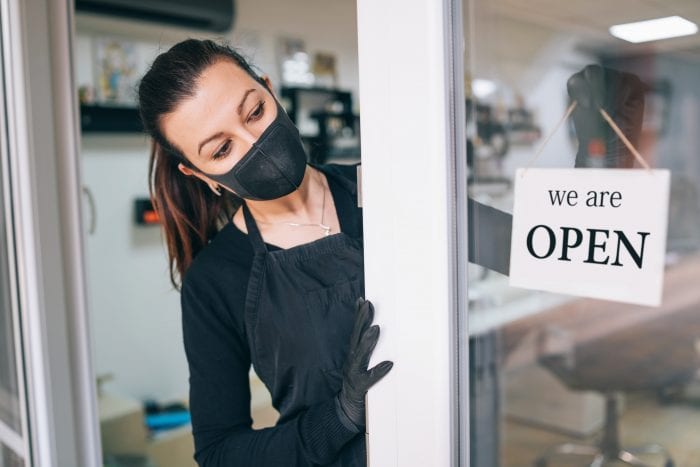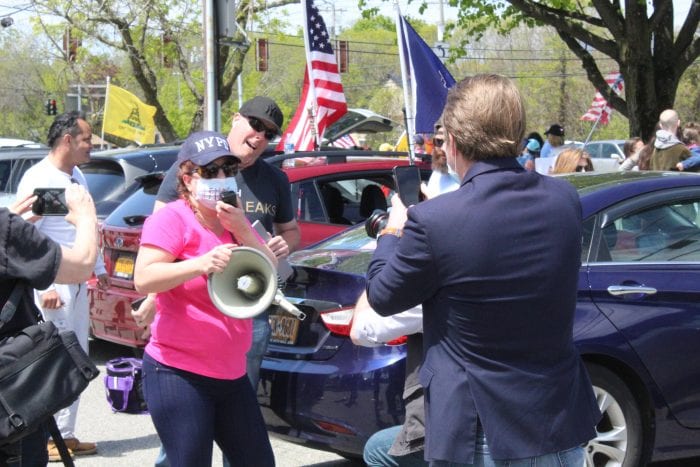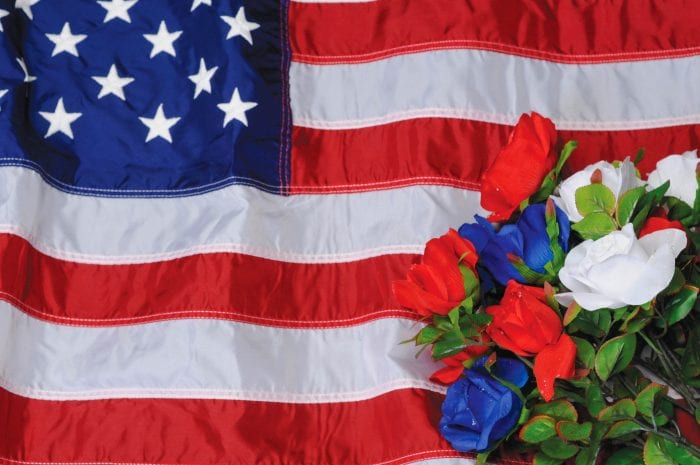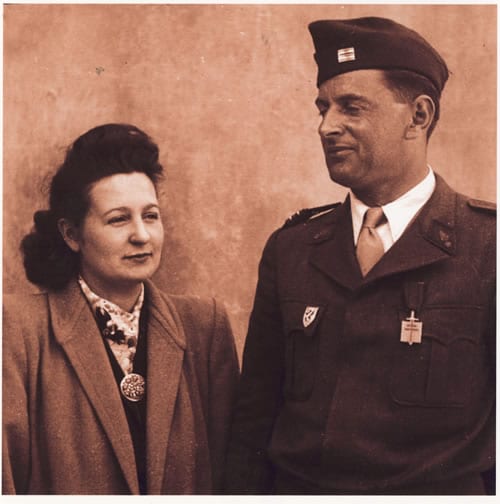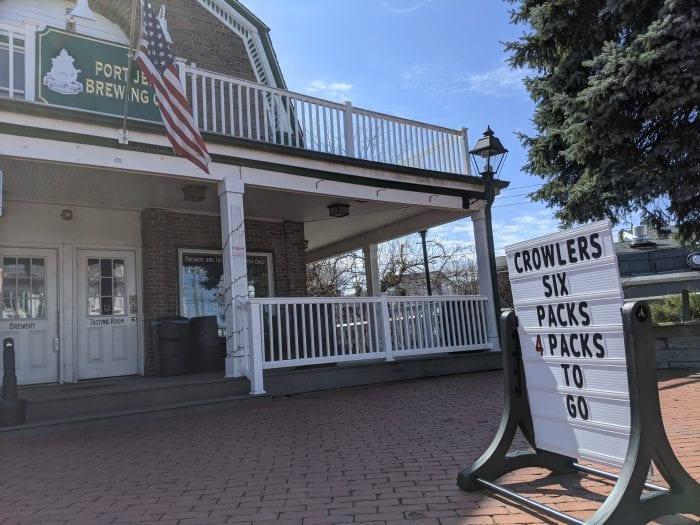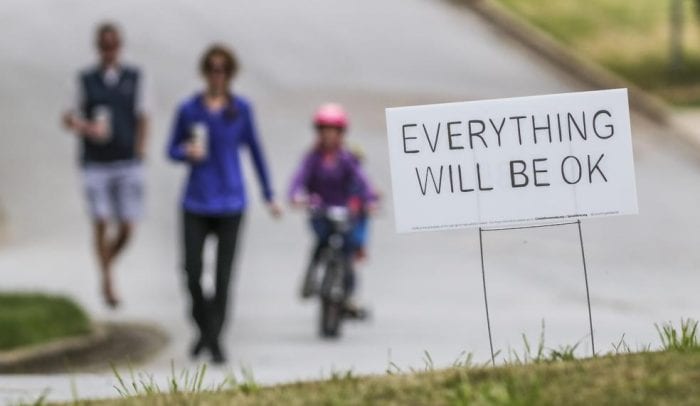By Daniel Dunaief

Stepping outside of our homes presents risks. We could have a car accident on the way to work or a branch could fall on us, among myriad other potential dangers.
These days, the risks of leaving our homes have escalated. We could catch the dreaded coronavirus anywhere if we stand closer than six feet to anyone.
Nowadays, interactions that we engaged in all of our lives with friends and family, such as shaking hands or hugging, increase the risk of picking up the invisible enemy, bringing it to our home sanctuaries and infecting our partners, children, and parents.
We have learned to manage the risks we’ve now heard about for months by staying as far away from other people as we can and by wearing masks.
And yet, for some Americans, the risks of stepping outside of homes where we were hopefully safe most of the time, was clearly higher than it was for other Americans.
Indeed, the risks of dying from coronavirus differed by race. The age-adjusted death rate in Suffolk County for whites was 49.5 per 100,000 people, according to statistics from the Department of Health. For Hispanics on Long Island, that number is 108.7, which is more than twice the rate per 100,000 people. For blacks, the number is an astronomical 170.1 deaths per 100,000 people in the county, which is well over three times the rate for whites.
Those statistics generally track the disproportionate toll the virus has had on communities of color.
Now, layer on top of that the death of Minneapolis resident George Floyd. Seemingly at the worst possible time for our country, as businesses are just starting to reopen and as standing within 6 feet of each other increases the chance of our catching a virus that has claimed over 100,000 American lives, people are going outside in huge numbers across the country to express their outrage over Floyd’s killing at the seemingly indifferent hands of a white police officer who faces third-degree murder charges.
Those African-Americans who gather, at the risk of contracting an infection that has already wreaked havoc in their communities, are expressing anger and frustration at a justice system that appears anything but just.
The news coverage of the protests has often focused on the most explosive and terrifying events, where looting and setting fire to police cars and engaging in random acts of violence have occurred. Those shocking actions are inexcusable manifestations of those frustrations, turning justifiable disappointment into illegal acts. These moments also threaten to overshadow the message from so many others who would like to see constructive changes.
Many peaceful protestors, however, might have the same approach to the risks of joining others to protest Floyd’s murder that President Donald Trump (R) did to the notion of taking hydroxychloroquine, which may or may not reduce the health effects and dangers of COVID-19.
What, they might wonder, do they have to lose at this point?
The answer is not so simple, particularly as the risk of getting arrested, hit with a rubber bullet or vomiting from inhaling tear gas increases.
The dangers in stepping outside into a world filled with a virus that infects our bodies and cultural viruses that threaten the soul of the country are especially high in a year with overtones from the civil unrest of the 1960’s.
Peaceful protestors can and should demand and expect the kind of changes that will allow them and their children to step outside to a country where the risks from being out of their homes shouldn’t depend on the color of their skin.

